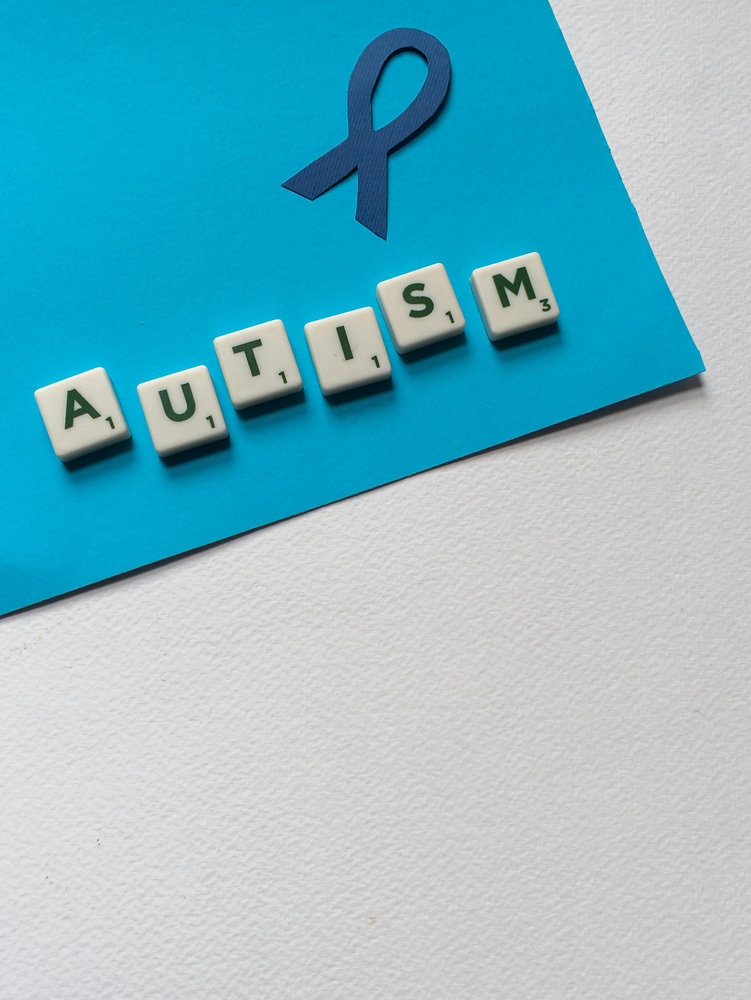As a parent, it’s important to understand that about 1 in 31 children in the U.S. is now diagnosed with autism spectrum disorder (ASD). This makes learning the signs of autism in children more important than ever so you can support your child early and effectively.
Whether your child is a toddler or in elementary school, knowing the common early autism signs and what to do next can make a real difference.
What Does “1 in 31 Children Diagnosed with Autism” Mean?
-
The Centers for Disease Control and Prevention (CDC) reports this rate based on tracking 8-year-olds using school and medical records.
-
Autism rates have risen significantly from about 1 to 5 children out of every 10,000 in the late 1980s to today’s 1 in 31.
-
This increase is partly due to better screening and awareness, but environmental and genetic factors also play a role.
-
Autism exists on a spectrum, so symptoms and severity vary widely between children.
Early Signs of Autism in Children (Ages 0–5)
Spotting autism early is key because intervention before age 3 or 4 is linked to better outcomes.
Watch for these early autism signs in toddlers:
-
Limited eye contact or failure to respond to their name
-
Delayed babbling, pointing, or other nonverbal communication
-
Lack of pretend play or showing objects to others
-
Repetitive movements like hand flapping or rocking
-
Unusual reactions to sounds, textures, or lights
If you notice these signs, talk to your pediatrician about developmental screenings as soon as possible.
Signs of Autism in School-Age Children (Ages 6–12)
Sometimes, autism isn’t identified until children start school, when social and communication challenges become more obvious:
-
Difficulty making or keeping friends due to trouble reading social cues
-
Taking language very literally; struggles with jokes or sarcasm
-
Frequent meltdowns triggered by changes or sensory overload
-
Intense focus on specific topics or routines
-
Challenges with organization, starting tasks, or managing homework
If your child shows these signs, a professional evaluation can help clarify their needs.
Why Are Autism Rates Rising?
Autism rates have risen from about 1 to 5 children out of every 10,000 in the late 1980s to 1 in 31 today. While improved screening and awareness explain some of this increase, other factors are involved.
Environmental exposures during pregnancy and early childhood—like air pollution, pesticides, heavy metals, and hormone-disrupting chemicals—may affect brain development, especially in children with a genetic predisposition.
It’s important to know that genetics alone can’t explain an autism epidemic because genes don’t change quickly across generations. Instead, genetics provides a vulnerability, and environmental factors may influence whether and how autism develops. Researchers are focused on how these factors interact.
What to Do If You See Signs of Autism in Your Child
-
Talk to your pediatrician early. Request developmental screenings at 18 and 24 months, or sooner if you have concerns.
-
Reach out to early intervention programs. These services are free in every state for eligible children under age 3.
-
Get a formal evaluation. Schools offer assessments for children ages 3 and up, or see a developmental specialist.
-
Explore al supports. An Individualized Education Program (IEP) or 504 Plan can provide accommodations and therapies.
-
Connect with parent support groups. Sharing experiences helps you learn and feel less alone.
Practical At-Home Tips to Support Children with Autism
-
Establish clear, predictable daily routines using visual schedules
-
Use picture cards or simple charts to aid communication
-
Encourage play and narrate your actions to build language skills
-
Offer structured choices to reduce frustration
-
Help your child label emotions to improve self-regulation
-
Teach calming techniques like deep breathing or quiet breaks
-
Prepare your child for transitions with warnings and timers
-
Use their interests to engage and motivate learning
-
Break tasks into manageable steps with checklists
-
Advocate for peer buddy systems or social skills groups at school
Resources for Parents of Children with Autism
Final Thoughts
With about 1 in 31 children diagnosed with autism, understanding the signs of autism in children and taking action early can profoundly impact your child’s development.
Trust your instincts, seek evaluations if you’re concerned, and use the support and resources available. Simple changes at home and school make a big difference. Your child is unique and capable, and with the right support, they can thrive.
You’re not alone on this journey, and every step you take matters.
All blog content shared through HealthSmart! Kids is for informational purposes only and not to be construed as medical advice. Always talk with your qualified health care provider for managing your health care needs.
Disclaimer: This content was automatically imported from a third-party source via RSS feed. The original source is: https://www.healthsmartkids.net/post/autism-in-children-signs-to-know-with-1-in-31-diagnosed. xn--babytilbehr-pgb.com does not claim ownership of this content. All rights remain with the original publisher.



